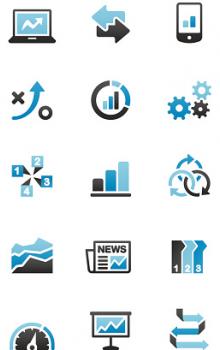Capturing Alternative Alpha: The Rise of Alternative Data Sets
Gaining an information advantage has always been at the core of discovering opportunities for alpha. From digging into earnings reports and regulatory filings to immediately reacting to breaking news, successful capital market participants need to be able to quickly identify and respond to the newest market intelligence. Within this realm of information, there has long existed the concept of “alternative data;” for instance, counting the number of cars in a retailer’s parking lot or tallying the number of floating oil storage tankers to get a better idea of oil production and consumption.
Alternative data sets — generally described as data from non-traditional sources — are not a new idea; however, the advent of Big Data and the newest advances in technology have dramatically changed the alternative data landscape. The amount and value of the data has increased exponentially and, at the same time, firms’ ability to harvest it has dramatically improved.
Companies are increasingly able to produce cheaper satellites, sensors, and drones, which capture different types of data from high in the atmosphere. Meanwhile, on the ground, people are generating their own massive data sets: churning out information from smartphones and mobile devices, downloading apps, and participating in an ever-growing digitalized marketplace and social experience.
The burgeoning Internet of Things (IoT) will further connect and record different technologies, simultaneously dramatically expanding our ability to glean even more data from the world around us. The deployment of billions of sensors that can monitor any type of device, from fridges to gas tanks, will significantly increase the quantity and quality of data that is made available for analysis.
With the amount of unstructured data increasing at a rapid pace, the main constraint is the ability to derive value from it. Luckily, technology has also allowed for greater computing and storage capabilities leading to analysis that can be both faster and cheaper than ever before. At the same time, advanced machine learning and artificial intelligence techniques have come of age, allowing for this complicated unstructured data to be more easily analyzed. As this perfect storm of technological sophistication comes together, we have never been closer to charting out a real-time map of consumer behavior in both the real and digital world.
In this note, TABB Group explores four different categories where unstructured alternative data is thriving. For location tracking, satellite imagery, transaction data, and public website data, we outline the challenges and opportunities, breaking down the applications and implications for each. Within these four categories, we also highlighted 20 specific firms that are at the forefront of providing financial firms access and analysis to this data.
- Equities
- FinTech





